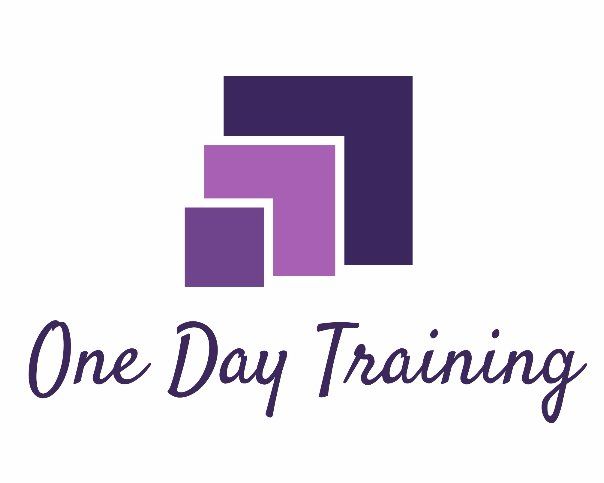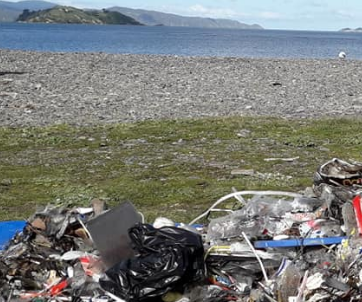There are many tools and techniques you can use when you plan a project. Some of them can be overwhelming. One of the easiest and most useful is to create a diagram of all the things you need to do. We use sticky notes to record a task then we place them on the wall so that we can move them around to get them into some sort of order.
Once we have wrangled them into groups or phases, then we work out the order in which we will do them. This involves moving them around so that the group is happy with a logical flow – it creates a great discussion about how the project might be delivered. Once we can live with the order of the notes, then we move onto adding in names of the people doing the tasks, then we have a guess at how long each task might take. This part also involves some discussion and estimating of the durations; taking into account some of the risk factors for the project.
Still wondering where the beach clean up comes into all of this?
Instead of doing some dry ‘done that before’ type exercise, we use a case study of planning a beach clean up at a local beach. This is something most people would agree is a good idea – regardless of whether you plan it in some detail or not. There is good debate about what ‘done’ looks like and what needs to be carried out before the day and during the day and after the rubbish has been collected. All good project management discussions.
The technique above is called a work breakdown structure, some call it a product breakdown structure. The project team plans the tasks, the order of doing them, the who, the duration and the linkages between tasks. By standing back and having a look at the overall sticky notes plan we can view it all at once and ponder on it to see if there are gaps or things we have missed.
To practice this technique, talk to us at One Day Training, we can help you work through the detailed planning for your project.
Ideas, views and other weird stuff. Search the blog:












